A few summers ago I was in New York city enjoying the artwork of the Frick Museum. I always like to check out the museum store afterward and this time I came upon a small book of illustrations by Maria Sibylla Merian titled Insects & Flowers. A wonderful little book with large and colourful illustrations of exotic flowers surrounded by creepy crawlers of all sorts. I had to have it. Little did I know that this Renaissance artist had regained popularity in the last few decades. Her story is one you will admire.
Maria Sibylla Merian (1647–1717) was born in Frankfurt Germany. Her father, Matthias Merian, was an accomplished printer and engraver known for his scientific illustrations. With his death a few years after Maria’s birth, her mother married Jacob Marrel a still life painter, engraver and art dealer. With such a background it is not surprising that Maria would become an artist as well. At the age of thirteen she was capturing caterpillars and drawing them in a journal. She wrote,
“In my youth, I spent my time investigating insects. At the beginning, I started with silk worms in my home town of Frankfurt. I realised that other caterpillars produced beautiful butterflies or moths, and that silk worms did the same. This led me to collect all the caterpillars I could find in order to see how they changed.”
It is this beginning that would revolutionize the science of zoology and the art of illustrating it.
Drawing was always part of her early years along with the interest in nature. Maria married Johann Andreas Graff, her stepfather’s apprentice, and they had two daughters, Johanna Helena and Dorthea Maria. Maria continued painting and worked on embroidery patterns
These ‘models’ for embroidery were published in her first book Flowerbook. Her sketchbook was later published in 1675 at the age of 28 under the title Neues Blumenbuch — New book of flowers. The following year she published a book on the life of the caterpillar and it’s food sources called Der Raupen wunderbare Verwandlung und sonderbare Blumennahrung — The Caterpillar, Marvelous Transformation and Strange Floral Food.
Her family life appeared to have suffered as she left her husband and moved her children and mother to a religious commune the Labadists. This was short lived and eight years later moved to Amsterdam. Maria did divorce her husband, which in these times is an event of note, but shortly thereafter embarked on a journey that for a woman seemed next to impossible.
In 1699, at the age of 52, Maria Sibylla Merian and her daughter Dorthea, by then an accomplished artist herself, boarded a ship and left for Suriname, a Dutch colony in South America. For the next two years the ladies traveled through the rain forest collecting, drawing and painting plants and animals. It is not clear how they paid for this trip (I have found contradictory stories). Male explorers were usually sent by Kings or other wealthy patrons, but this does not seem to be the case here. Maria and daughter were assisted by African and Amerindian slaves from the Dutch plantations. Maria certainly made an effort to understand the people she was encountering as it is noted she learned Carib, the language of the local Amerindians, and Negerengels (Black English) the Dutch name for the creole dialect of the African slaves. While accustomed to owning slaves herself, Maria was upset over some of the harsh treatment she witnessed and was vocal with her opinions.
Upon the return from Suriname, she published the book that would give her some renown in the scientific world. Metamorphosis of the Insects of Suriname was published in 1705 and contained sixty full-paged engraved plates. Each plate was accompanied by a description of the plant and animal and labeled in Latin and native names. She also documented the traditional use and preparation of various plant and animals for food and medicine as witnessed on her trip from the South American women she met.
The book brought her acclaim and some financial success. It had its detractors though. Some colonial officials did not like her comments on the treatment of slaves and nineteenth century naturalists made the case that her illustrations of bird eating spiders was pure fantasy – this was later dis-proven. On a positive note and much more important, her work was cited over one hundred times by Carl Linnaeus (Sweden 1701-1778), considered the father of modern zoological classification.
Today she is receiving the acclaim she deserves. Strangely, or not, her face was put on the German stamp before the euro was brought in, her name is attached to a modern research vessel, her books have all been reprinted, schools are named after her and her illustrations after being purchased by Peter the Great Csar of Russia, can still be seen in a museum in St. Petersburg.
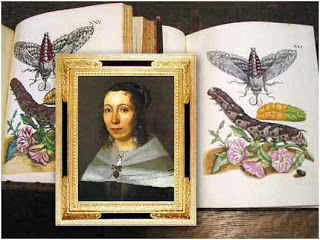

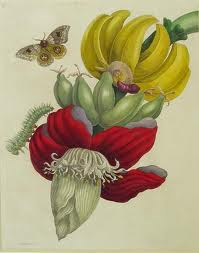
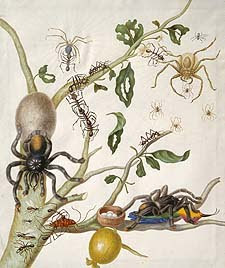
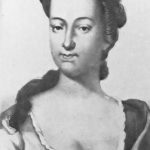
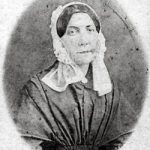
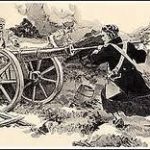
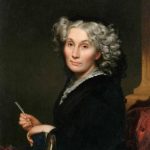
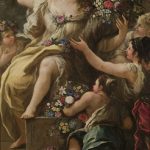
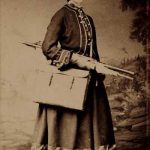
And the noted American artist / naturalist Charles Willson Peale named one of his daughters for her.
Masterful illustrations! I can't believe she was travelling in 1699-and overseas to boot. Amazing woman!
and Linnaeus used the information she brought back from her travels to add to his plant classification system. Others ignored her because how could a woman have a scientific mind?? But yes the illustrations are wonderful.